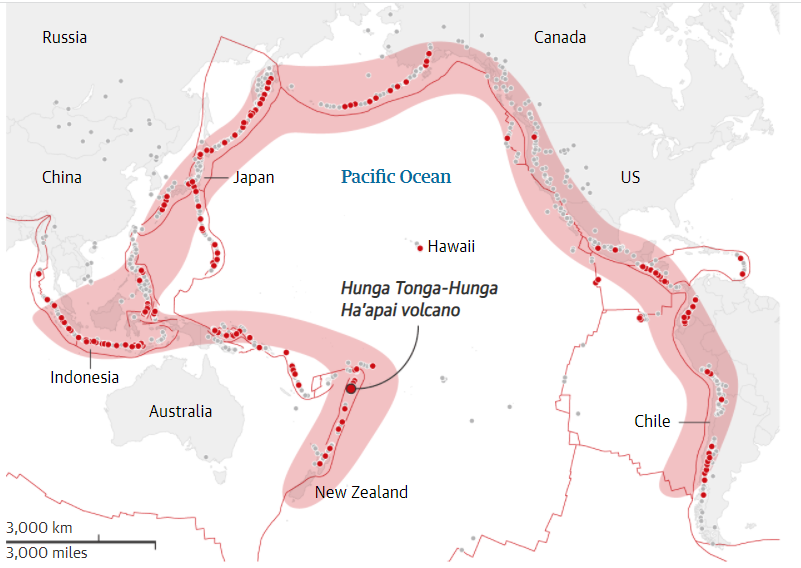Rapid Fire
Rapid Fire Current Affairs
- 11 Sep 2023
- 3 min read
Crown Shyness
Crown shyness is a phenomenon common in temperate deciduous forests, where the tops of some trees do not touch each other, creating gaps of sky between them.
- It is observed in many species of trees, such as black mangrove, camphor, and Japanese larch.
- Scientists have different hypotheses to explain why crown shyness happens, such as reducing competition for light, preventing disease transmission, or avoiding physical damage from wind.
- Crown shyness creates intricate patterns and enhances light penetration in the forest.
21st Edition of India-France Bilateral Naval Exercise 'VARUNA'
The Phase II of Varuna-23, the bilateral naval exercise between the Indian and French Navies, took place in the Arabian Sea.
- This exercise involved guided missile frigates, tankers, Maritime Patrol Aircraft, and integral helicopters from both sides.
- Varuna, which began in 1993 and was officially named in 2001, has evolved over the years into a symbol of the strong strategic relationship between India and France.
Read more: India France Relations
Ustad Ali Zaki Hader
- Renowned Rudra Veena exponent, Ustad Ali Zaki Hader, a disciple of Ustad Asad Ali Khan, was the last exponent of the Khandarbani style of the Jaipur Beenkar gharana of Dhrupad.
- The Khandarbani style of the Jaipur Beenkar gharana of Dhrupad is a musical tradition that originated in the 18th century by Shahaji Saheb.
- Rudra Veena is a traditional stringed instrument that originates from North India. Crafted from materials like teak wood, metal, pumpkin, and bamboo, it has a distinctive appearance with two large gourd resonators placed beneath a tubular wooden body.
Hunga Tonga-Hunga Ha'apai Volcano
- A recent study reveals that during the Hunga Tonga-Hunga Ha'apai volcano eruption in January 2022, ejected rock and ash rapidly collapsed into the ocean, forming a high-speed and destructive underwater debris flow.
- The Hunga Tonga-Hunga Ha'apai volcano is a submarine volcano in the South Pacific Ocean. It's located 40 miles north of Tongatapu, Tonga's main island.
- The volcano formed in 2015 when a moderate eruption fused two uninhabited islands into one.
- The volcano is part of the Kermadec-Tonga subduction zone, where the Pacific Plate is pushed under the Indo-Australian Plate, forming a long chain of volcanoes and islands.
Read more: Volcanic Eruption in Tonga









